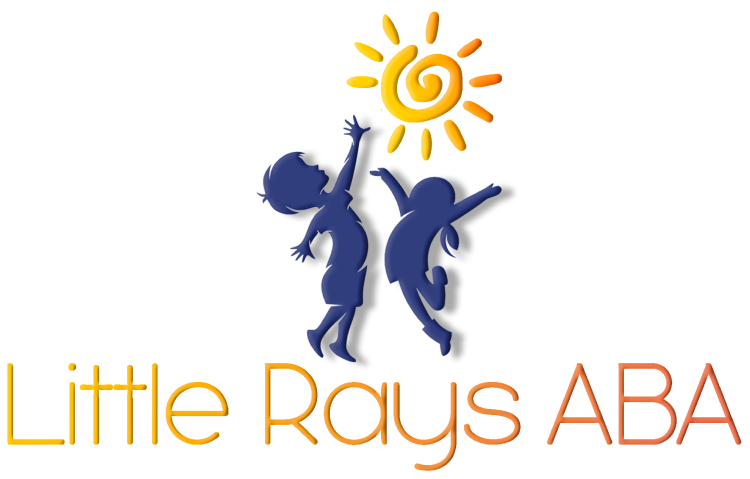
ABA Therapy History and Breakthroughs
Key Highlights
- The history of ABA therapy traces back to early 20th-century behavioral science and has shaped treatments for autism spectrum disorder.
- Applied Behavior Analysis (ABA) emerged from foundational research in animal behavior, behavior modification, and experimental designs.
- Pioneers like B.F. Skinner and Ivar Lovaas played crucial roles in establishing key milestones and advancing behavior therapy.
- ABA therapy shifted from controversial practices to individualized, positive reinforcement techniques for autistic children.
- Landmark studies and dedicated journals have defined ABA’s evolution and widespread acceptance in the United States.
- Today, ABA services are guided by ethical standards, rigorous certification, and are celebrated for improving the quality of life for autistic individuals.
If you’ve ever seen the smile on a child’s face when they master a skill they’ve struggled with for months, you’ll understand why ABA therapists are passionate about what they do.
I remember working with a young boy who had difficulty making eye contact in our in-home ABA sessions. Through consistent positive reinforcement and small, measurable goals, we saw incredible progress. His mother told me it was the first time in years she felt hopeful.
Stories like this are part of a much bigger journey—one that began decades before ABA became a household term. This article takes you through that journey, showing how research, innovation, and advocacy shaped ABA into what it is today.
The Origins of ABA Therapy
Early Behavioral Science Foundations
The foundation of ABA was built in the early 20th century, thanks to researchers like Ivan Pavlov and John B. Watson. They shifted psychology toward studying observable behaviors rather than internal states.
According to the American Psychological Association, this change was pivotal—it allowed behavior to be studied scientifically and replicated in experiments. The idea was simple: if you can measure it, you can change it.
The Influence of B.F. Skinner
B.F. Skinner’s work in operant conditioning took these ideas further. He demonstrated how reinforcement could shape behavior, introducing concepts like positive reinforcement and schedules of reinforcement.
In clinical work, this meant therapists could systematically encourage desired behaviors and reduce harmful ones. As Skinner famously said, “The consequences of an act affect the probability of its occurring again.”
Initial Concepts of Applied Behavior Analysis
By the mid-20th century, these principles were being applied beyond the lab. Techniques like token economies—where points or tokens are exchanged for rewards—became standard tools for reinforcing positive behaviors.
Pioneers Who Shaped ABA Therapy
Contributions of B.F. Skinner
Skinner’s research laid the groundwork for measurable, repeatable interventions. Even today, many ABA programs use variations of his reinforcement strategies to teach everything from daily living skills to complex communication.
Role of Ivar Lovaas in Autism Intervention
In the 1960s, Dr. Ivar Lovaas began applying ABA principles to children with autism. His use of discrete trial training (DTT) demonstrated measurable gains in language, self-care, and social interaction.
One parent I worked with recently told me that her daughter’s progress with DTT was “like watching a light switch turn on”—a testament to Lovaas’ lasting influence.
Other Key Figures
Psychologists like Charles Ferster and Ogden Lindsley contributed valuable tools and measurement systems. These advancements ensured ABA could be both individualized and scientifically validated.
Milestones in ABA Development
First Published Works and Experiments
In the 1950s and 1960s, journals such as the Journal of the Experimental Analysis of Behavior began publishing studies on reinforcement, prompting the formal development of ABA as a distinct field.
Establishment of ABA as a Field
By the 1970s, ABA had its own journals, professional conferences, and growing clinical applications. According to Baer, Wolf, and Risley’s landmark 1968 paper, ABA should be “applied, behavioral, and analytic”—a standard still used today.
Founding of Dedicated ABA Journals
Publications like the Journal of Applied Behavior Analysis (JABA) became essential platforms for sharing research and improving practice.
Foundational Principles of ABA
Defining Behavior and Measurement
ABA focuses on observable, measurable behavior. Whether counting the number of times a child asks for help or timing how long they remain on task, these metrics guide progress.
Reinforcement and Consequences
Positive reinforcement—such as verbal praise or a favorite activity—is central to ABA. According to the CDC, early intervention using reinforcement-based strategies can significantly improve outcomes for autistic children.
The Three-Term Contingency
This model—antecedent, behavior, consequence—helps therapists understand why a behavior happens and how to shape it effectively.
Growth and Expansion in the U.S.
Acceptance in Clinical Practice
As more research supported ABA’s effectiveness, healthcare providers, schools, and insurance companies began adopting it. Today, 50 U.S. states require insurance coverage for ABA services for autism.
Integration into Autism Treatment
Techniques like discrete trial training, pivotal response training, and natural environment teaching became standard in autism intervention.
Influence on Policy and Education
ABA’s proven success led to policy changes, expanding access to therapy in both clinical and educational settings.
Major Changes and Turning Points
Evolution of Techniques
From highly structured DTT sessions to naturalistic interventions, ABA has evolved to meet each learner’s needs more flexibly.
Shifts in Ethical Standards
Modern ABA emphasizes client dignity, informed consent, and the least intrusive methods possible. The Behavior Analyst Certification Board (BACB) now enforces strict ethical codes.
Rise of Certification and Regulation
Certification ensures therapists meet education and supervision requirements, improving quality and public trust.
Changing Public Perception
Early Views and Misconceptions
Early ABA was sometimes criticized for being too rigid. Over time, advocacy groups and updated methods have helped shift this perception.
Growing Advocacy by Autism Communities
Self-advocates and families have pushed for more individualized, respectful approaches—helping ABA adapt and grow.
Modern Reappraisal and Future Directions
Today, ABA is more collaborative, flexible, and person-centered than ever. Future research is exploring how ABA can integrate with other therapies to provide holistic support.
Conclusion
From Pavlov’s lab to modern autism centers, ABA’s history is a story of persistence, innovation, and compassion. The future of ABA looks bright, with ongoing research, ethical growth, and a continued focus on improving lives one behavior at a time.
Looking for ABA therapy in Florida? At Little Rays ABA, we bring compassionate, research-backed care to your home, school, or even camp setting. Our services include:
- In-home ABA therapy tailored to your child’s needs
- School-based ABA to support learning and social growth
- In-camp ABA for skill-building in fun, real-world environments
- ABA Parent training so you can reinforce progress every day
Our certified behavior analysts are here to help your child build skills, confidence, and independence. Call Little Rays ABA today and take the first step toward lasting progress.
Frequently Asked Questions
What is the significance of ABA therapy in autism treatment history?
ABA therapy has played a crucial role in transforming autism treatment by providing structured interventions and evidence-based practices. Its techniques have influenced effective communication, social skills development, and behavior modification, leading to improved outcomes for individuals with autism throughout history.
Who are considered the founders of ABA therapy and what did they contribute?
Founders of ABA therapy include B.F. Skinner, who pioneered operant conditioning, and Ivar Lovaas, known for his work in autism interventions. Their contributions shaped foundational concepts and techniques within the field, leading to its growth and acceptance as a therapeutic approach.
How has ABA therapy changed since its original development?
ABA therapy has evolved significantly since its inception, with advancements in research, techniques, and ethical standards. Modern practices now emphasize individualized approaches and inclusivity, addressing diverse populations and conditions beyond autism, thus enhancing overall effectiveness and acceptance within clinical settings.
Sources:
- https://blogs.uoregon.edu/autismhistoryproject/topics/applied-behavior-analysis/
- https://pmc.ncbi.nlm.nih.gov/articles/PMC3640891/
- https://pubmed.ncbi.nlm.nih.gov/21153872/
- https://www.bacb.com/about-behavior-analysis/
- https://www.ncsl.org/health/autism-and-insurance-coverage-state-laws
Related Posts





